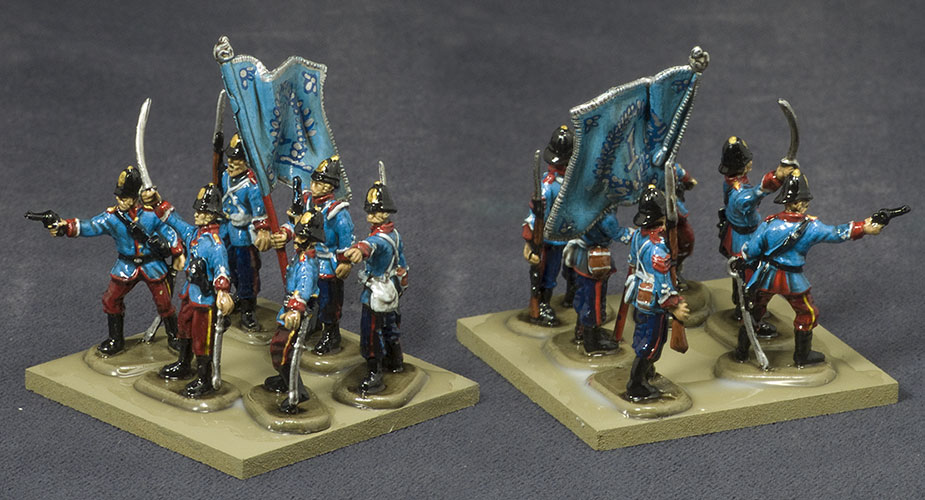Because I really hate what they've done with familiars in D&D5e, I've rewritten the spell description. It's heavily based in the way it was presented in AD&D2e.
Find Familiar
1st level Conjuration (Ritual)
- Casting Time: 2-12 hours
- Range: 1 mile
- Components: V,S,M (10gp/hour of charcoal, incense and herbs that must be consumed by fire over the course of the ritual in a brass brazier)
- Duration: Instantaneous
This spell enables the
caster to attempt to summon a familiar spirit to inhabit the body of
a small creature, and to act as his or her aide and companion.
Familiars are typically animals such as cats, frogs, ferrets, crows,
hawks, snakes, owls, ravens, toads, weasels, or even mice, though
more exotic creatures are sometimes (rarely) found in the role, such as imps,
quasits, or pseudodragons.
A creature acting as a
familiar can benefit a wizard, conveying its sensory powers to its
master, conversing with them, and serving as a guard/scout/spy as
well. A wizard can have only one familiar at a time, however, and he
or she has no control over what sort of creature answers the
summoning, if any at all comes. If an appropriate animal is supplied
by the caster for use in the ritual, it can improve the chances that the spirit (if it
answers the call at all) will inhabit the desired form.
The familiar will be of
normal human intelligence — 3d6 (3-18) INT. It will normally be longer-lived than
the normal animal, but familiars are not immortal, and the bodies
will eventually wear out.
The wizard receives the
heightened senses of his familiar, which grants the wizard a +1 bonus
to Passive Perception.
Familiars have the same
hit points and armour class as their animal prototype, plus 1 hit
point per caster level.
The wizard can drop
into a trance-like state in which he or she can see, hear, smell etc.
through the familiar's senses. While in this state, the wizard has no
use of their own senses, and cannot move about or perform any other
actions. Any damage taken by one member of the link is also
experienced by the other.
If separated from the
caster, the familiar loses 1 hit point each day, and dies if reduced
to 0 hit points. When the familiar is in physical contact with its
wizard, it gains the wizard's saving throws against magical attacks.
If a magical attack would normally cause damage, the familiar suffers
no damage if the saving throw is successful and half damage if the
saving throw is failed. If the familiar dies, the psychic shock is
intense: the wizard must successfully make an immediate DC 10 CON
save or drop to 0 hit-points (at which point they are dying — make Death Saves as usual). Even if he or she survives this check, the wizard
permanently loses 1 point from their Constitution when the familiar
dies.
When the wizard decides
to find a familiar, he or she must load a brass brazier with
charcoal. When this is burning well, he or she adds 10gp worth of incense
and herbs per hour that the ritual lasts. The spell incantation is then begun and must be continued
until the familiar comes or the casting time is finished. The DM
secretly determines all results. Note that most familiars are not
inherently magical, nor does a dispel magic spell send them away.
Deliberate
mistreatment, failure to feed and care for the familiar, or
continuous unreasonable demands have adverse effects on the
familiar's relationship with its master. Purposely arranging the
death of one's own familiar will almost certainly result in no spirit
ever voluntarily acting as a familiar again.
A familiar spirit can
be dismissed by means of a similar ritual as that which invokes one,
whereupon the creature becomes a normal animal once again.
| Random Familiar Summoning Results |
|---|
| D20 Roll | Familiar* | Sensory Powers |
|---|
| 1-5 | Cat | Excellent night vision & superior hearing |
| 6-7 | Crow | Excellent vision |
| 8-9 | Hawk | Very superior distance vision |
| 10-11 | Owl | Darkvision, superior hearing |
| 12-13 | Toad | Wide-angle vision |
| 14-15 | Weasel | Superior hearing & very superior olfactory power |
| 16-20 | No familiar available within spell range |
* The DM can substitute other small animals suitable to the area.
|






















